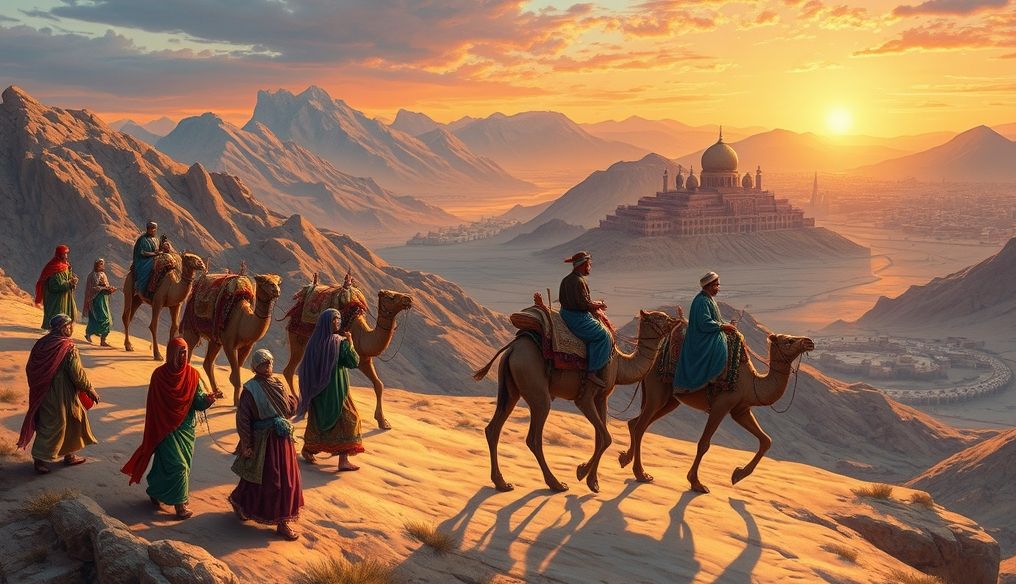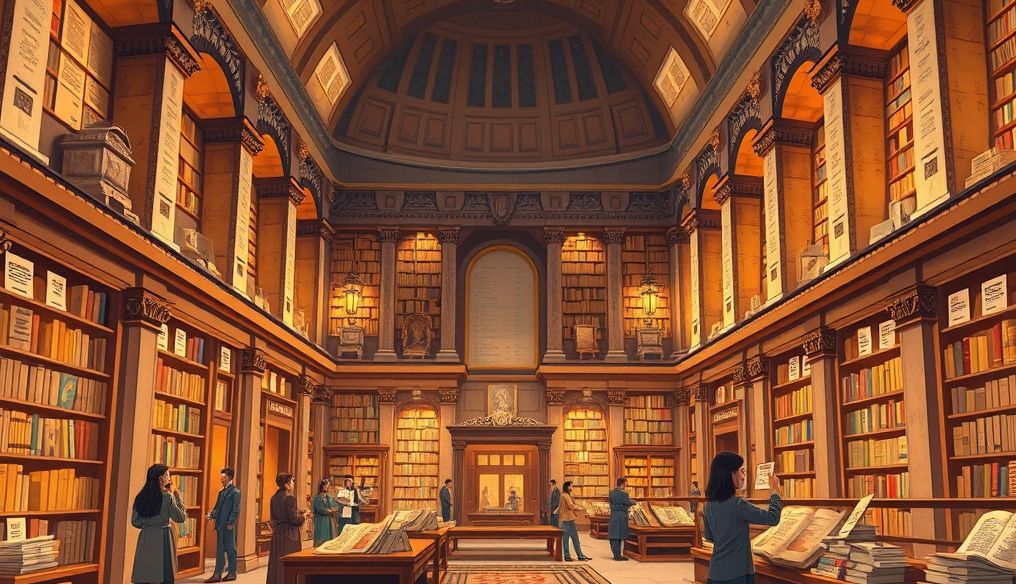What is the Story of the Silk Road and its Historical Significance?
The Silk Road is not just a single road, but a complex network of ancient trade routes that stretched across the continents of Asia, Europe, and Africa. These routes played a pivotal role in the exchange of goods, ideas, and cultures between the East and the West for many centuries. Let's delve into the history of this road and its historical significance.
Origins of the Silk Road: Who Started it All?
Although trade between the East and the West existed before that, the Silk Road began to take shape in the 2nd century BC during the reign of the Han Dynasty in China. Emperor Wu Di sent envoys to the West in search of allies against the nomadic Xiongnu tribes. These contacts led to the opening of new trade routes, and soon Chinese goods, such as silk, tea, and porcelain, began to reach Western markets.
Expansion and Prosperity: The Golden Age of the Silk Road
The Silk Road flourished during the following centuries, especially during the Roman and Byzantine empires. The growing demand for Eastern goods in the West led to the expansion of the trade network, and the routes stretched from China across Central Asia to the Mediterranean. Cities like Samarkand and Bukhara became important trading hubs along the way.
What Goods Were Traded Along the Silk Road?
The Silk Road was not just about the silk trade, but included a wide range of goods. Some of the most common goods included:
- Silk: Chinese silk was the most sought-after commodity in the West.
- Spices: Spices such as cinnamon, ginger, and cloves played a crucial role in trade, as they were used in cooking and medicine.
- Tea: Chinese tea became a popular drink around the world.
- Porcelain: Chinese porcelain was highly valued for its beauty and durability.
- Gems: Precious stones such as jade, lapis lazuli, and emeralds were traded along the road.
- Metals: Metals such as iron, copper, gold, and silver were traded.
The Cultural Impact of the Silk Road: More Than Just Trade
The Silk Road was not just about the exchange of goods, but was also a channel for the transfer of ideas, beliefs, and cultures. Buddhism spread from India to China and Central Asia via the Silk Road. Islamic sciences, mathematics, and arts also spread to Europe through these routes.
Spread of Religions: Buddhism and Islam
The Silk Road played a crucial role in the spread of Buddhism from India to China, as Buddhist monks traveled along the trade routes to spread their teachings. Later, Islam also spread via the Silk Road, with Muslim traders establishing communities in trading cities along the way.
Challenges of the Silk Road: Wars and Epidemics
The Silk Road was not an easy path. Traders and travelers faced many challenges, including:
- Wars: Wars and political conflicts disrupted trade and endangered the lives of travelers.
- Epidemics: Diseases such as the plague spread via the Silk Road, causing mass deaths.
- Robbery: Robbers attacked caravans and stole goods.
- Harsh Weather Conditions: Travelers faced harsh weather conditions in deserts and mountains.
The End of the Silk Road: The Rise of Sea Routes
The Silk Road began to decline in the 15th century with the rise of sea routes. European explorers discovered new sea routes to Asia, making maritime trade faster and cheaper. This led to a decline in the importance of the overland Silk Road.
Historical Legacy: What Remains of the Silk Road?
Despite its decline, the Silk Road left a profound historical legacy. It contributed to shaping civilizations and cultures around the world. Today, many cities and historical sites along the Silk Road are UNESCO World Heritage Sites.
The New Silk Road: Reviving History
In modern times, China is seeking to revive the Silk Road through the "Belt and Road Initiative." This initiative aims to build new infrastructure and trade networks linking China to Europe and Africa. This project raises questions about the future of global trade and China's geopolitical influence.
Conclusion: The Silk Road as a Symbol of Global Communication
The Silk Road is more than just a trade route. It is a symbol of global communication, cultural exchange, and the mutual influence between civilizations. This ancient road remains a source of inspiration and reflection in our contemporary world.




